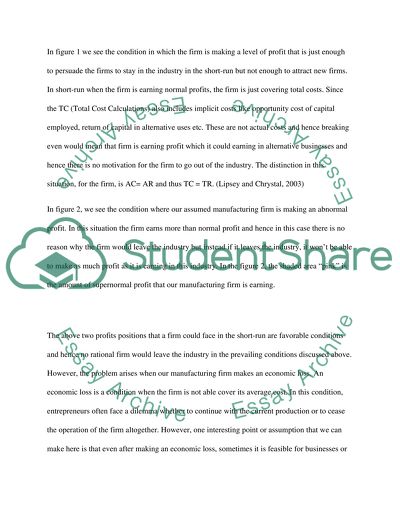Cite this document
(“Types of Profit Essay Example | Topics and Well Written Essays - 1500 words”, n.d.)
Types of Profit Essay Example | Topics and Well Written Essays - 1500 words. Retrieved from https://studentshare.org/miscellaneous/1508698-types-of-profit
Types of Profit Essay Example | Topics and Well Written Essays - 1500 words. Retrieved from https://studentshare.org/miscellaneous/1508698-types-of-profit
(Types of Profit Essay Example | Topics and Well Written Essays - 1500 Words)
Types of Profit Essay Example | Topics and Well Written Essays - 1500 Words. https://studentshare.org/miscellaneous/1508698-types-of-profit.
Types of Profit Essay Example | Topics and Well Written Essays - 1500 Words. https://studentshare.org/miscellaneous/1508698-types-of-profit.
“Types of Profit Essay Example | Topics and Well Written Essays - 1500 Words”, n.d. https://studentshare.org/miscellaneous/1508698-types-of-profit.


